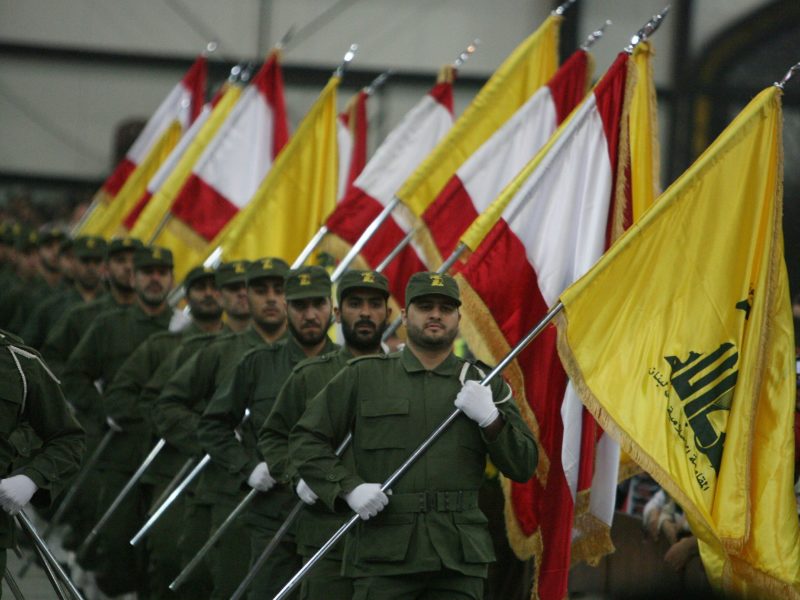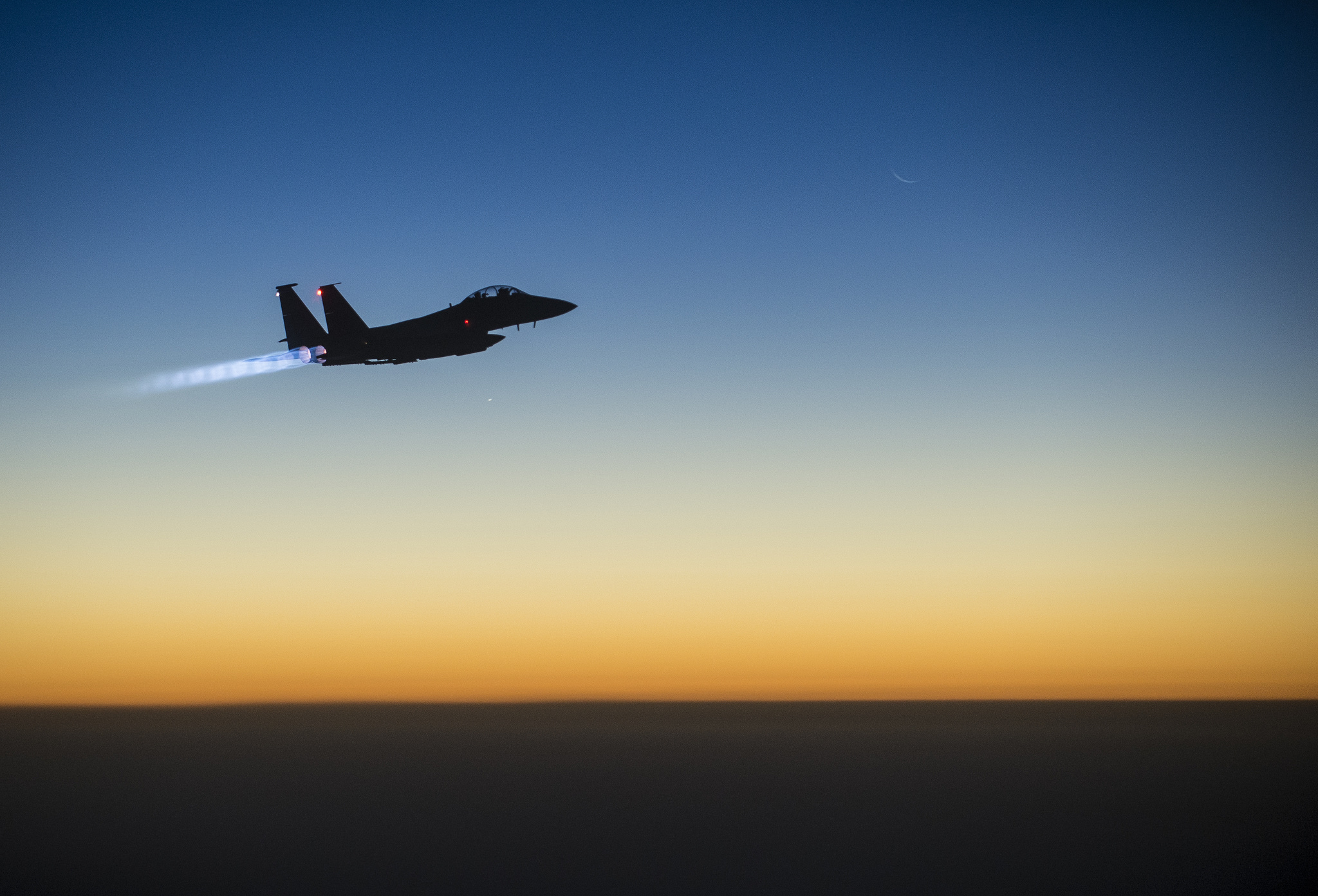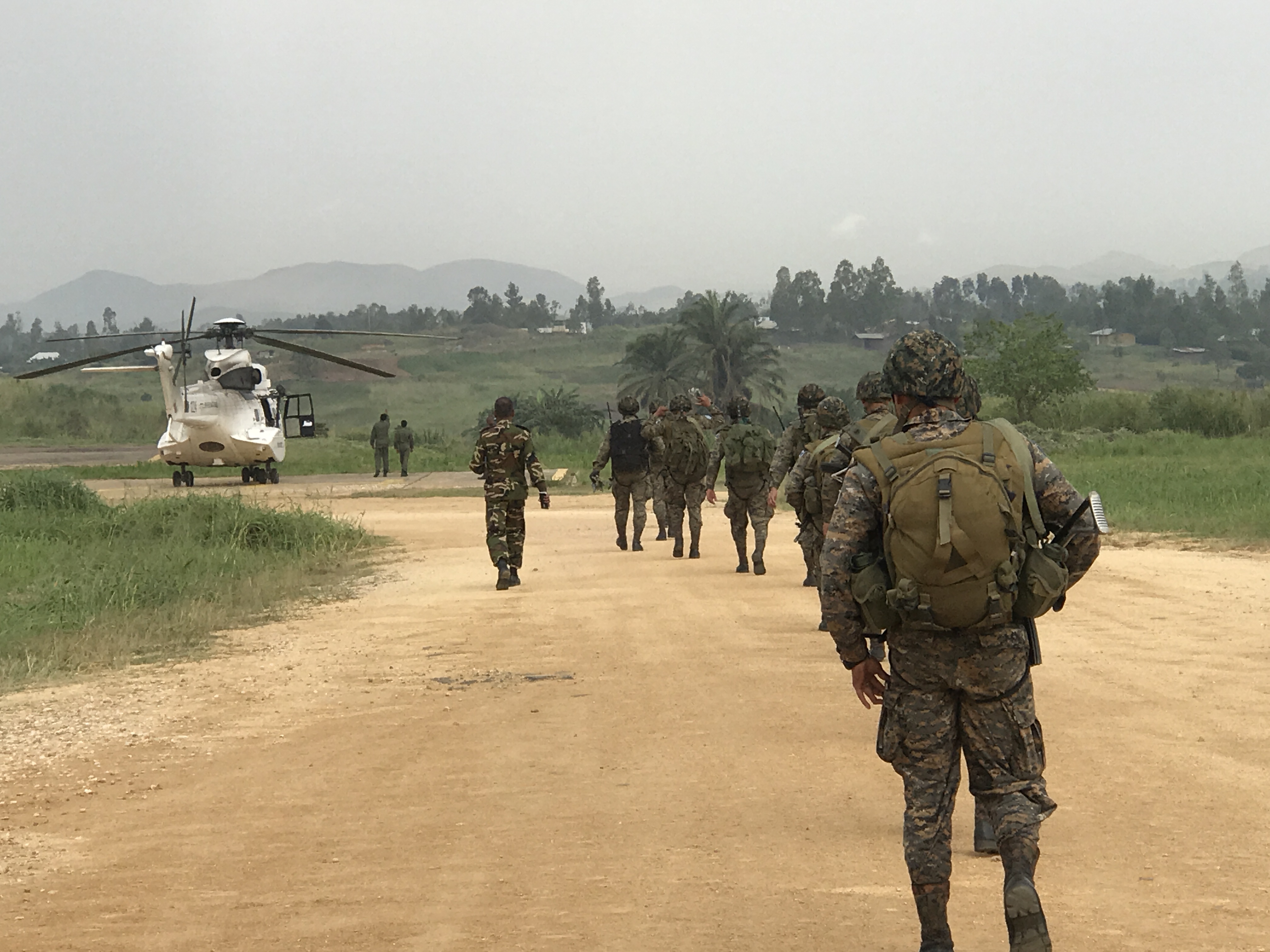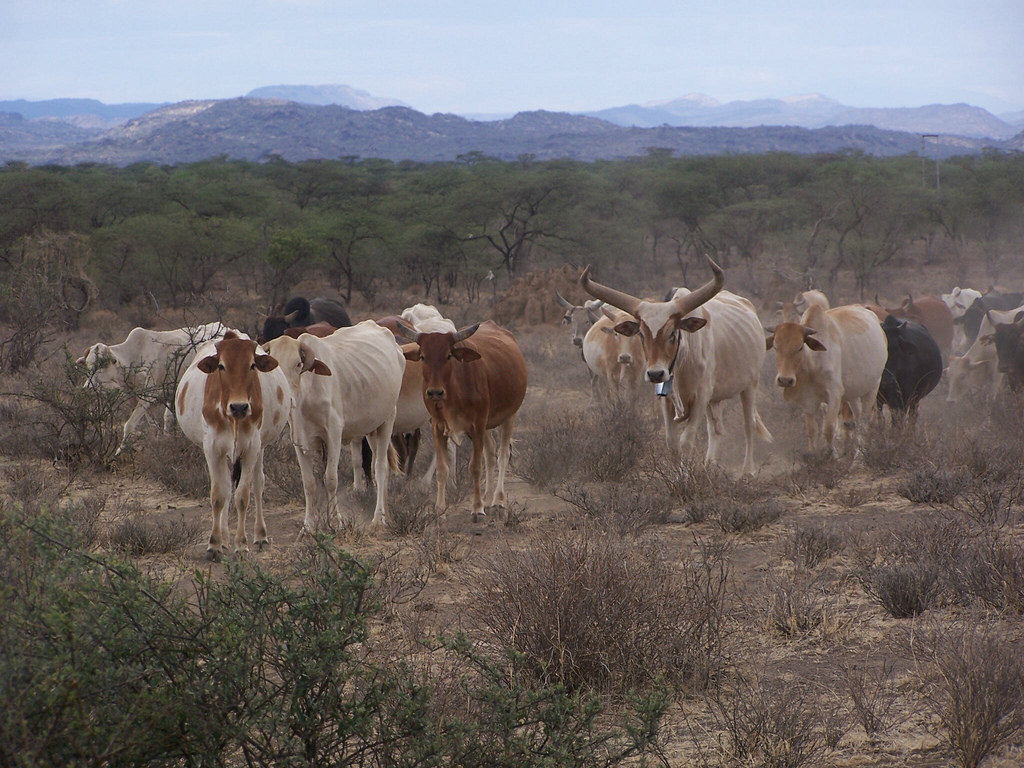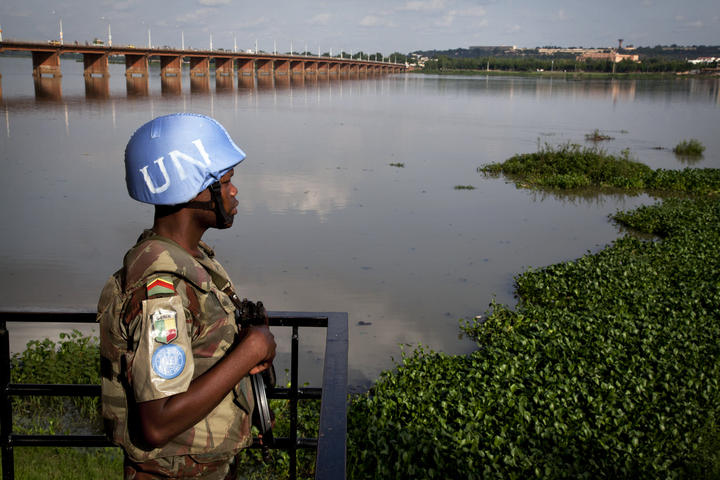By Peter Krause and guest contributor Nils Hägerdal
The crescendo of missile and drone strikes into Saudi Arabia and the United Arab Emirates (UAE) are just the latest in a growing trend turning civil wars into international ones: blowback, or violent retaliation at home in response to intervention abroad. Civil war is the most common form of conflict in the 21st century, yet few civil wars have their violence confined within the borders of a single state. Most civil wars involve military intervention by foreign states who arm local proxies and/or launch airstrikes against their local adversaries, making the conflicts longer and deadlier. Often unable to shoot down their planes and unsatisfied by fighting their proxies, these adversaries seek to hit interveners where it hurts most—back at home.
The deadliest and most protracted civil wars in recent history, including Afghanistan, Syria, and Yemen—where the Saudis and Emiratis have militarily intervened—have all spread significant violence to surrounding states. In addition to the blowback attacks by the Houthis against Saudi Arabia and the UAE, the war in Afghanistan has caused insurgent violence in Uzbekistan, Tajikistan, and Pakistan. And as we document in a new article, the conflict in Syria triggered a violent bombing campaign inside Lebanon that nearly escalated into another civil war. This example of blowback by a non-state actor (Sunni jihadi groups) against a non-state actor (Hezbollah) reveals the importance of understanding the transnational capabilities and strategies of civil war combatants who increasingly operate across borders and pose significant threats to international peace. This dynamic is particularly salient in the Middle East and North Africa region, where non-state actors like Hezbollah and the Houthi movement now rival state structures in military power and governance capacity. In this article, we argue that non-state armed groups are the most common agents of conflict diffusion, and that the increasing empowerment of these armed groups by state actors will accelerate the trend of internationalized civil wars.
The Origins of “Blowback” and the International Spread of Conflict by Armed Groups
Policymakers have long been concerned about “blowback.” The term was coined in a CIA memo describing the potential Iranian response to the 1953 US operation that helped overthrow Prime Minister Mohammed Mossadegh, but the practice predates the label. President George Washington worried that American intervention on the side of the English or the French in their ongoing wars would lead to attacks on the American homeland, just as Cold War-era policymakers were concerned about Soviet blowback from US covert operations.
State militaries have indeed struck back at foreign interveners, but non-state actors are the key agents of civil war diffusion since 1945. To make this determination, we took the most reliable existing dataset on civil war diffusion and then coded how each conflict spread and which actor(s) initiated the diffused conflict by analyzing numerous historical texts. This process revealed that armed groups were the primary initiator of the diffused conflict in 63 out of 123 cases (51 percent)—defined as being the actor who fired the first shot—and were co-initiator together with a state actor in another 37 cases (30 percent). This means that armed groups initiated 81 percent of the diffused conflicts from civil wars from 1946–2007. This does not include a number of cases from the remaining 19 percent where the “state” actor who initiated the new conflict was a recently victorious armed group who had just become the new sovereign after a successful civil war (as with newly ascendant Tutsi groups in Rwanda and Burundi, who then sponsored an insurgency in neighboring Congo/Zaire in 1996). Furthermore, some of these 19 percent of remaining cases involved states that attacked a neighbor because the neighbor supported armed groups inside the original state’s borders. In other words, armed groups are the most common initiators of conflict diffusion, and when they are not, they are often the motivation for blowback.
The Empowerment of Armed Groups as Agents of Conflict Diffusion
The increasing empowerment of non-state armed groups suggests that these trends will only increase. First, wary of public support at home and casualties abroad, states increasingly rely on armed proxies to do the fighting on the ground. The US “Afghan Model” blends its airpower and special forces with indigenous militias, as in Afghanistan and the struggles in Iraq and Syria against ISIS. Russia’s “hybrid warfare” blends its regular military and private military companies with local militias, as in Syria, Libya, and eastern Ukraine. Indeed, neither the Saudis nor the Emiratis have deployed their own infantry in Yemen. The Houthis attack the Saudis due to their airstrikes and the UAE because of their support for the Giants Brigade, which launched a new offensive into Houthi-controlled territory earlier this year.
Second, the increasing empowerment of non-state proxies in civil conflict means that such groups retain influence after the war’s end. In Syria, pro-Assad militias are now essentially running much of the country, while parts of the military (such as the notorious Air Force Intelligence branch) have functionally become semi-autonomous militias. In Iraq, the Popular Mobilization Forces (PMF) that mobilized to defend the state against ISIS may have suffered recent electoral setbacks, but these armed groups remain a potent, semi-autonomous force that has killed hundreds of Iraqi protestors, fought to overturn national elections, and demonstrated the ability to launch attacks beyond Iraq. The local armed groups mobilized to win the war today can thus become the agents of conflict diffusion tomorrow.
Finally, states like Iran—which has utilized the PMF as their proxies—base their national security strategy on supporting such non-state armed groups inside other countries to gain regional influence. All of these dynamics are thus particularly prevalent in the contemporary Middle East where revolutions, civil wars, and foreign interventions have created a string of weakly governed states that provide ideal conditions for non-state armed groups to thrive as alternative providers of security and governance—and agents of conflict escalation and diffusion.
The Future of Conflict Diffusion by Non-State Actors
To sum up, we find that non-state armed groups increasingly play a central role in international security and that their activities are a major factor driving the internationalization of civil wars and other forms of substate violence. In Lebanon and Syria, Hezbollah—a non-state armed group—staged a major military intervention inside a foreign country, while blowback by Sunni jihadi groups primarily targeted this non-state armed group, rather than formal Lebanese state institutions. This pattern of conflict, where non-state armed groups play even more important roles in internationalized wars than formal state security agencies, may become more common in parts of the world characterized by weak states and poor governance. Aside from the Middle East and North Africa, this pattern could also arise in other regions of the world such as Central Asia and the Horn of Africa. As a result, more future civil wars may turn into the types of intractable regional quagmires—like Syria, Congo, or Afghanistan—that have proved so difficult for the international community to address.
Peter Krause is an Associate Professor of Political Science at Boston College, and a permanent contributor at Political Violence At A Glance. Nils Hägerdal is a Postdoctoral Research Fellow at Tufts University.

